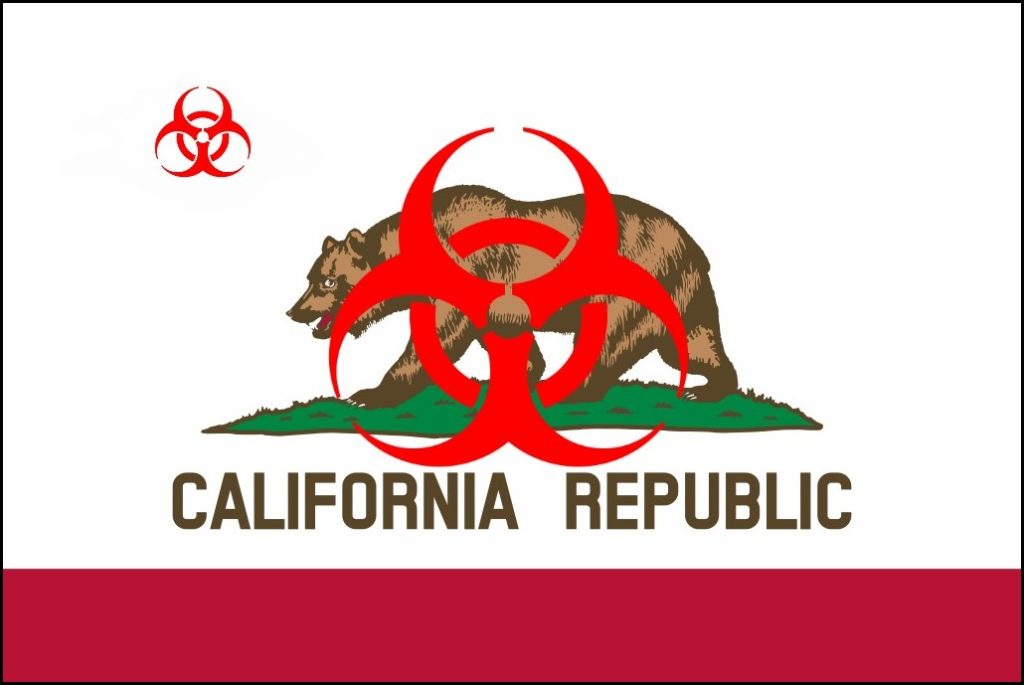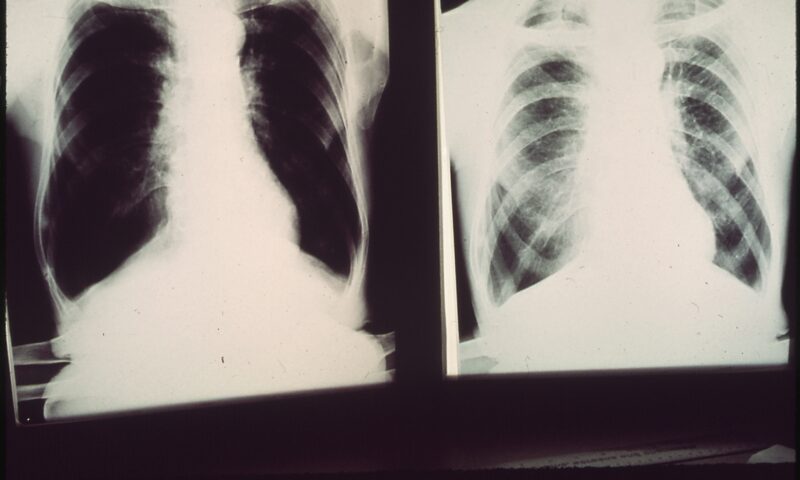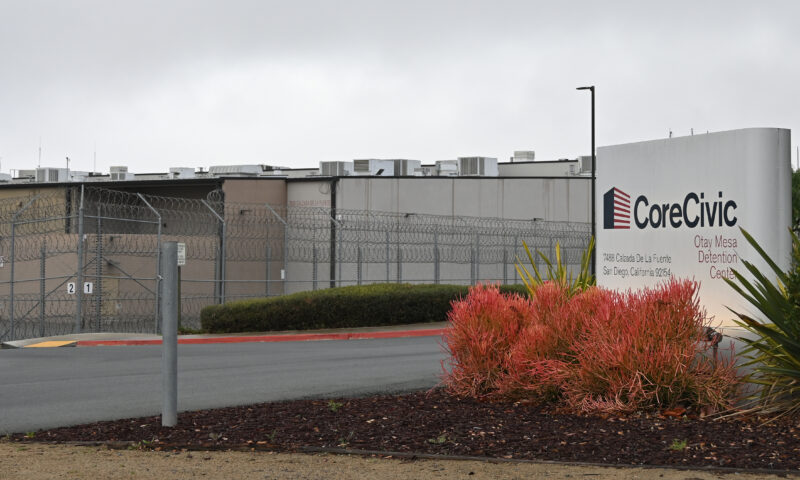Environment
California Takes a Big Step Toward Making Polluters Pay for Their Messes
A bill to reform the Department of Toxic Substances Control has been a long time coming, but will Governor Newsom sign it?

A bill currently sits on Governor Gavin Newsom’s desk that proponents say will provide long-needed oversight of the Department of Toxic Substances Control (DTSC), the state agency responsible for regulating hazardous waste generation, management and toxic cleanup in California.
Broadly prescriptive, Assembly Bill 995 includes a requirement to develop a hazardous waste management plan, and significant changes to the way hazardous waste fees are calculated and managed in an attempt to help plug major financial holes within the agency. According to community advocates, it also creates new and vital safeguards for some of the state’s most vulnerable, environmentally burdened communities.
Many DTSC critics say sweeping agency reforms like those included in the bill are a long time in coming – and needed to prevent another environmental and fiscal disaster
like Exide from happening again.
Assemblymember Cristina Garcia (D-Bell Gardens), one of the bill’s authors, calls it a “big step” forward in reforming the department to better respond to public health needs, “and also to guaranteeing that polluters are paying their fair share.”
The question now is: Will Newsom sign or veto it? Advocates are concerned that the governor’s office originally sought even broader agency reforms, including fiscal restructuring of the department’s Toxic Substances Control Account—one of two major DTSC funds currently in financial trouble—that faced a steep climb to reach a two-thirds consensus in the legislature. “The governor’s people wanted to figure out how to make it all happen at once,” Garcia said. Still, the bill contains language outlining future fee system reform. “I’m fully committed to continuing to do the work on this,” said Garcia, who describes it as a “first step” toward more wholesale restructuring of the DTSC.
When asked about the bill, Newsom press secretary Jesse Melgar wrote in an email that the governor’s office doesn’t typically comment on legislation awaiting a signature. “Each bill will be evaluated on its merits before any action is taken,” he wrote.
* * *
Many environmental experts, legislators, community members and other critics of the DTSC say sweeping agency reforms like those included in the bill are a long time coming. And they say they are needed to prevent another environmental and fiscal disaster like Exide from happening again. Pollution from the former Exide Technologies lead battery recycling facility in Southeast L.A. has contaminated as many as 10,000 homes, impacted some 100,000 people and already cost taxpayers more than $250 million in cleanup costs, with waning hopes of the polluters ever being held fully financially accountable.
“The department has never had an oversight board, which would allow more community input and create greater transparency.”
– Katie Valenzuela, California Environmental Justice Alliance
The recommendations that the Independent Review Panel—which spent more than two years investigating the DTSC—made in a 2018 report provide a backbone to the bill. One such recommendation is the formation of an oversight board, in this case the Board of Environmental Safety, which the bill states will improve the “function, accountability, transparency, responsiveness, and efficiency” of the DTSC. This five-member panel would comprise experts in public health, regulatory permitting, environmental law, environmental science and cumulative impact assessment.
“The department has never had an oversight board, which would allow more community input and create greater transparency,” wrote Katie Valenzuela, policy and political director of the California Environmental Justice Alliance, a community-led advocacy organization, in an email.
Nevertheless, Jennifer Ganata, senior staff attorney for Communities for a Better Environment, a Huntington Park-based environmental nonprofit, warned that the panel’s potential success would depend upon having members who are focused on human health rather than industry profit. “I think that’s going to be a big part of it,” she said.
Other key components of the bill include a plan to develop a more stringent hazardous waste management plan, with deadlines and avenues for public input. The legislation tightens requirements surrounding financial assurances—instruments designed to protect the taxpayer from cleanup liabilities, but which in some cases are vastly inadequate, and leave the public potentially on the hook for massive sums. It provides a pathway for reducing permitting processing times, which should afford better protections to fence-line communities around hazardous waste facilities. Exide, for example, operated on a temporary permit for more than three decades.
At least one environmental advocate warns that the proposed panel’s potential success would depend upon having members who are focused on human health rather than industry profit.
The bill also makes significant revisions to the way hazardous waste fees are handled, and creates a fee task force in an attempt to help put an agency currently grappling with huge operating deficits on better financial footing. How big are these funding holes? According to an assembly budget committee report from last year, the agency’s Hazardous Waste Control Account—a pot of money used for various regulatory activities—will be in the red by more than $63 million by 2021-22, with money from California’s general fund used to plug current deficits.
“Historically, DTSC is a black box. Where there needs to be decisions, and whether the decisions get made and how they get made, is a complete mystery,” said Ingrid Brostrom, assistant director of the Center on Race, Poverty & the Environment, an environmental justice organization that supports the legislation.
* * *
The bill passed both houses easily, and also enjoys rare industry support. Last month, for example, the California Council for Environmental and Economic Balance (CCEEB)—a coalition of business, labor and public leaders—sent Garcia a letter describing the bill as an “important first, meaningful step towards progress for the DTSC.” This despite the bill bringing short-term fee hikes at a time when CCEEB members are “already straddled” with increasing costs from agency oversight and permitting, according to the letter.
Clean Harbors, a hazardous waste treatment and disposal company with operations all over North America, views the reforms in the bill as “important and progressive,” wrote company spokesperson Jim Buckley. “We look forward to participating as a key stakeholder as the legislation is implemented,” he added.
Capital & Main sent DTSC director Meredith Williams a set of questions about the bill. A spokesperson responded that the agency doesn’t comment on pending legislation. Jared Blumenfeld, California Secretary for Environmental Protection, failed to respond to emailed questions.
Last year’s assembly budget committee report details how the agency’s Toxic Substances Control Account—which is used for hazardous waste cleanups—has large structural deficits that are expected to worsen in the next couple of years. Ongoing wrangling over these funds mean that long-gestating DTSC reform may have to wait a while longer.
“The sticking point has been: We have an insolvent agency,” said Brostrom, who added that while AB 995 does close a large portion of the DTSC’s funding deficit, “we can’t yet close that funding gap all the way.”
Copyright 2020 Capital & Main

-

 Latest NewsJune 17, 2025
Latest NewsJune 17, 2025A Coal Miner’s Daughter Takes on DOGE to Protect Miners’ Health
-

 Beyond the BorderJune 10, 2025
Beyond the BorderJune 10, 2025Detained Man Says ICE Isn’t Treating His Colon Cancer
-

 Column - State of InequalityJune 5, 2025
Column - State of InequalityJune 5, 2025Budget Cuts Threaten In-Home Assistance Workers and Medi-Cal Recipients
-

 Column - State of InequalityJune 12, 2025
Column - State of InequalityJune 12, 2025‘Patients Will Suffer. Patients Will Die.’ Why California’s Rural Hospitals Are Flatlining.
-

 Column - California UncoveredJune 18, 2025
Column - California UncoveredJune 18, 2025Can Gov. Gavin Newsom Make Californians Healthier?
-

 Featured VideoJune 10, 2025
Featured VideoJune 10, 2025Police Violently Crack Down on L.A. Protests
-

 Latest NewsJune 4, 2025
Latest NewsJune 4, 2025Grace Under Fire: Transgender Student Athlete AB Hernandez’s Winning Weekend
-

 The SlickJune 6, 2025
The SlickJune 6, 2025Pennsylvania Has Failed Environmental Justice Communities for Years. A New Bill Could Change That.

